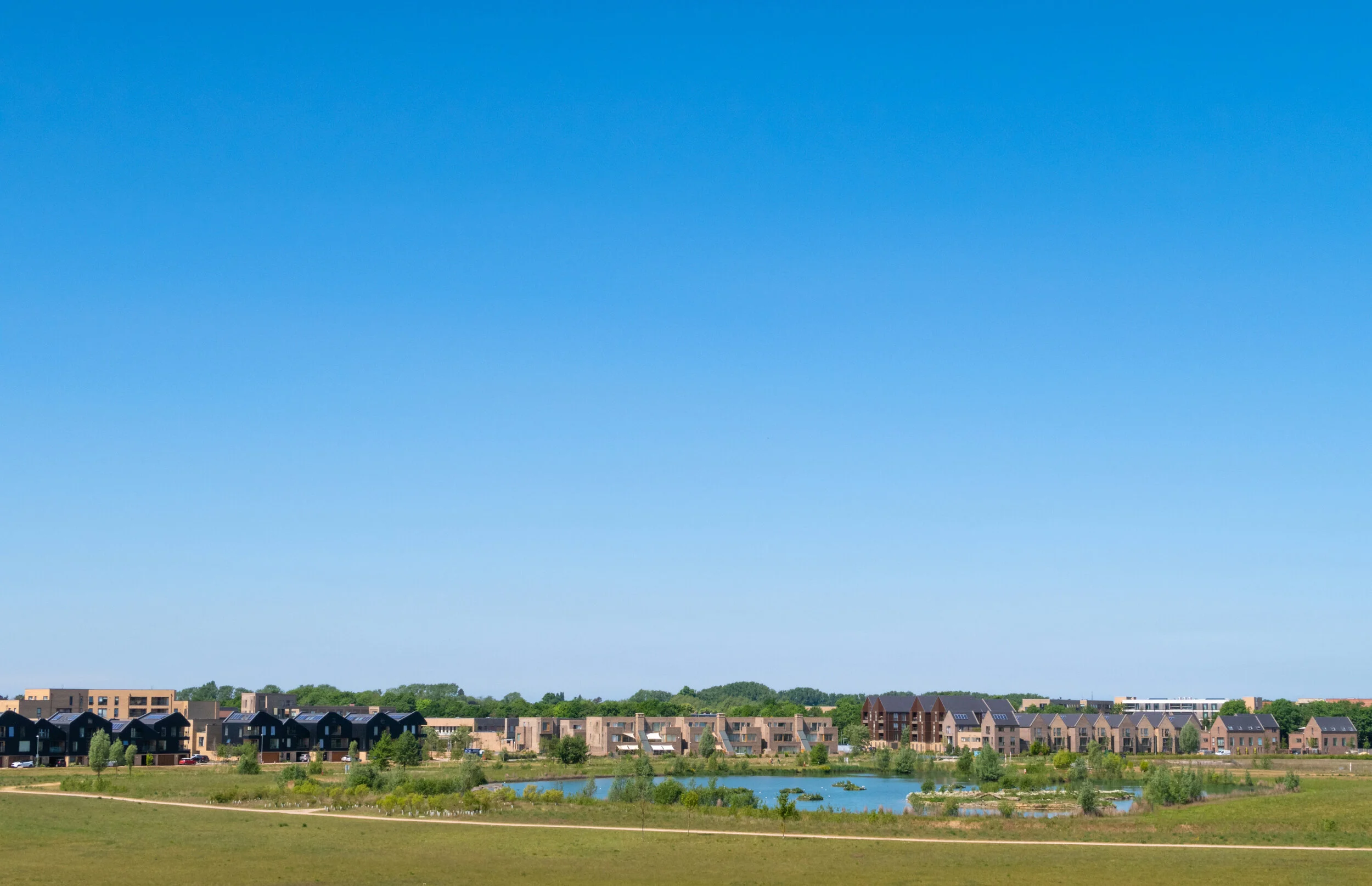How will changes to the planning system help self-builders and small developers?
One of the Government’s key planning objectives is to boost the number of new homes being built. Crucially, this doesn’t just mean schemes by large housebuilders. There’s a new focus on small sites, conversions from commercial use and those who want to commission or build their own homes.
Planning policies generally support the principle of converting existing buildings to homes. Some such schemes may even be feasible under ‘permitted development’ and so won’t require planning permission. If you own a piece of land and want to build a home or other development on it, central government is very much in favour.
However, if you need it, obtaining planning permission is not always easy under the current system. Within identified towns and villages, sites are often heavily constrained and may require imaginative design solutions. Outside of those settlements, local council development plans typically apply a very restrictive approach - even more so if the area is Green Belt or in a designated landscape such as an AONB (Area of Outstanding Natural Beauty).
If your plot is outside of a ‘development boundary’, the National Planning Policy Framework (NPPF) takes a slightly more flexible approach. For instance, it recognises the need to maintain rural communities and services. This could mean support for a house in, or close to, a small hamlet or village.
The NPPF also puts the onus on local councils to ensure there is enough housing supply in their pipeline and that they are delivering new homes in line with requirements. If this isn’t the case, the council’s policies may carry less weight, and the ‘presumption in favour of sustainable development’ could apply.
Councils are also required to keep a self-build and custom housebuilding register of people seeking to acquire serviced plots in their area. As summarised in the Government’s Planning Practice Guidance, they have a duty to give permission to enough suitable plots to meet that demand.
The upshot of all this is that even where a scheme is contrary to a council’s policies, there may be scope to get planning permission.
Once you’ve found a suitable plot, there’s then the matter of working together to produce a high-quality, sustainable design that will meet your aspirations, whilst satisfying the council’s requirements.
Be aware that even if the planning committee refuses permission for your proposal, you can appeal against its decision to The Planning Inspectorate, the government body that deals with planning appeals. Chris Couper of Couper Planning Services (www.couperplanning.co.uk) says that "Policies in the Council's development plan may not reflect those at a national level, particularly given many recent changes. Where the adopted policies are out of date this opens up opportunities for development, including high quality self-build schemes, even where the Council has previously refused permission."
Finally, don’t forget that you can claim a VAT refund for work on a DIY conversion from a non-residential building or a self-build new home.
Planning policies are rapidly evolving. The Government has recently put its proposals for a simpler, faster and more predictable system in a White Paper, now out for consultation. Meanwhile, it continues to ‘support those who want to build their own homes to find plots of land’.
For the latest developments on planning, guidance on finding a suitable plot, design advice, or help through the planning permission and appeals process, please get in touch with us.



